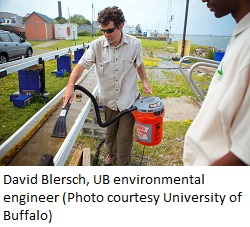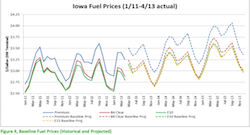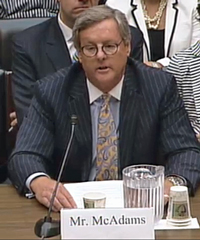 Building on the success of a biodiesel mandate in the central part of the nation, Malaysia is starting a 5 percent biodiesel mandate in the southern part as well. And this article from Biodiesel Magazine says the Southeast Asian country could be looking to expand that requirement even more.
Building on the success of a biodiesel mandate in the central part of the nation, Malaysia is starting a 5 percent biodiesel mandate in the southern part as well. And this article from Biodiesel Magazine says the Southeast Asian country could be looking to expand that requirement even more.
[Malaysian Ministry of Plantation Industries and Commodities] says implementation of the biodiesel program in the south will create an additional annual demand of 37,270 tons, displacing about 11 million more gallons of petroleum diesel per year. Since July 1, 415 fueling stations across south Malaysia have been selling biodiesel blends. Once the B5 program is implemented nationwide in July 2014, the total target palm biodiesel consumption will reach 500,000 tons (150 million gallons) per year.
MPIC said the biodiesel program has contributed to a 44 percent increase in palm biodiesel production, from 173,220 tons (52 million gallons) in 2011 to 249,213 tons (75 million gallons) in 2012, while helping stabilize the price of crude palm oil through increased biodiesel demand.
But the government of Malaysia has already decided to move beyond 5 percent blends, according to MPIC. “To achieve this, the Ministry of Plantation Industries and Commodities through [the] Malaysian Palm Oil Board is formulating action plans, which include undertaking studies on the suitability of B10 (or at a higher blending ratio) as required by the Original Equipment Manufacturers (OEM), especially on engine warranty,” MPIC stated.
The mandate in the central part of Malaysia is already helping drive usage of about 34 million gallons of palm biodiesel annually.











